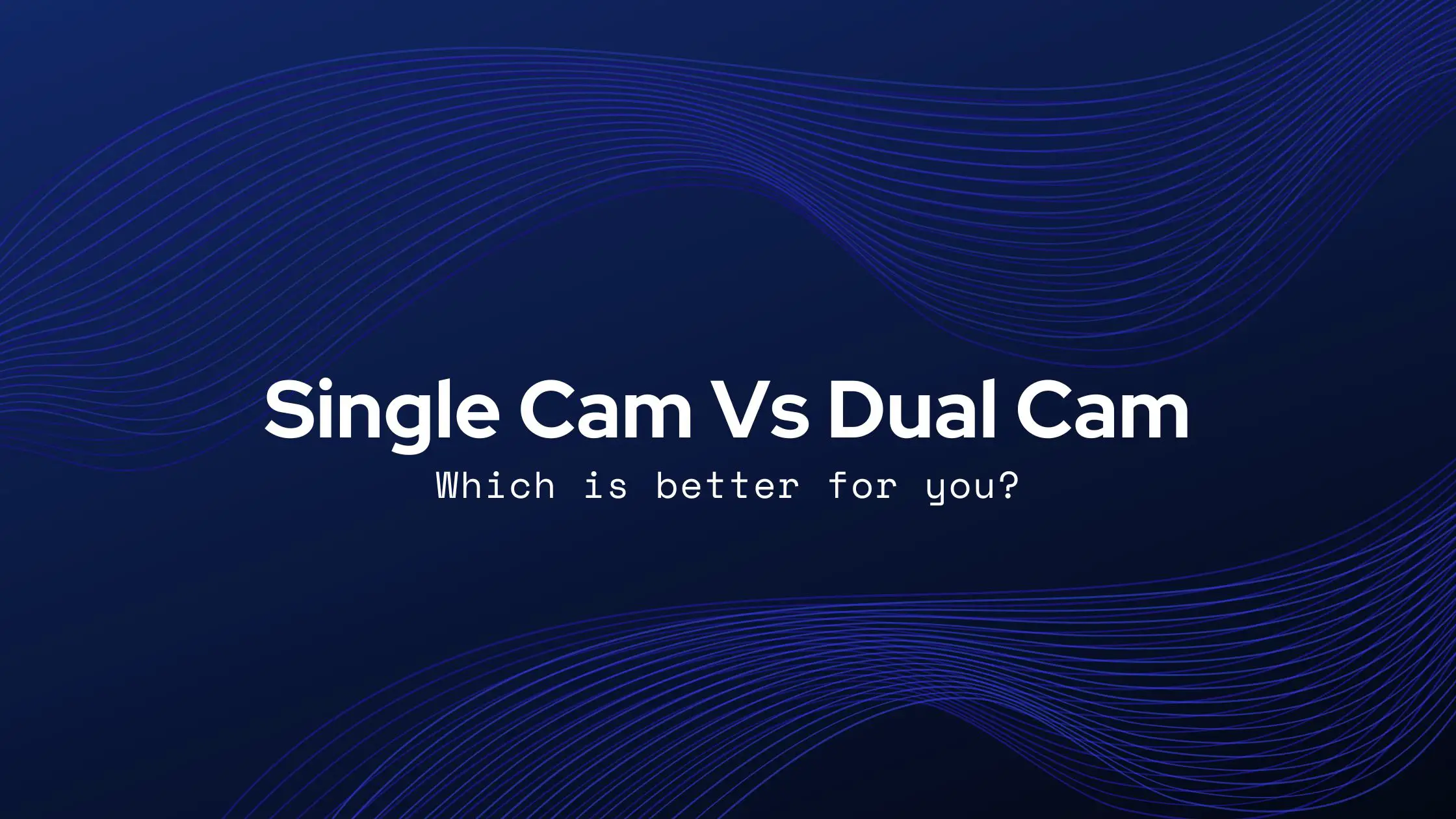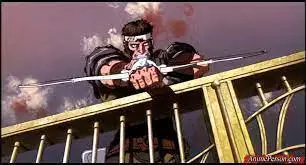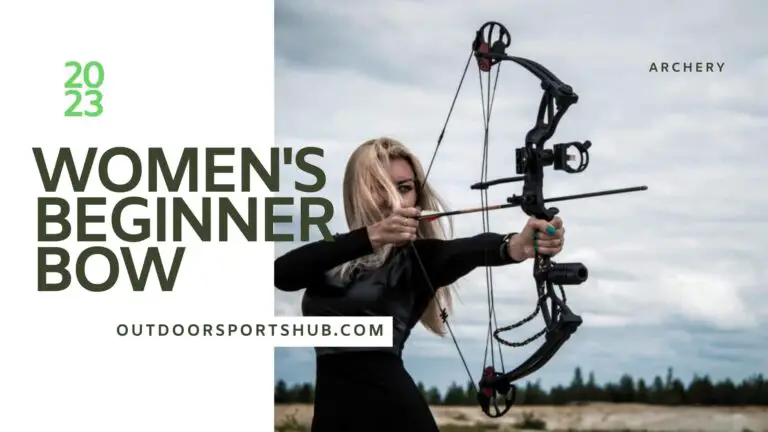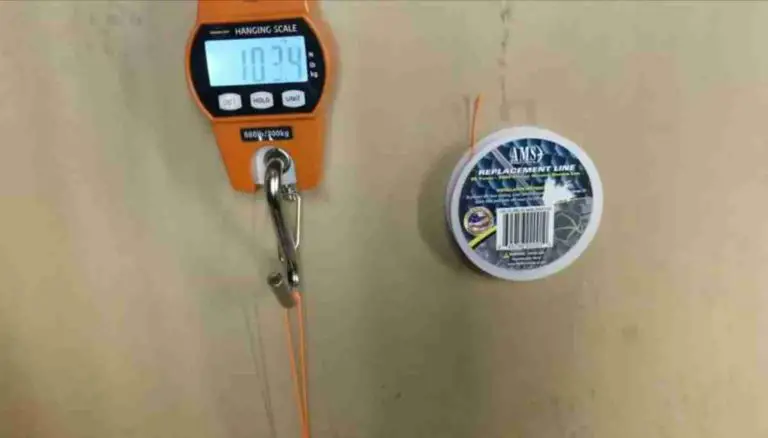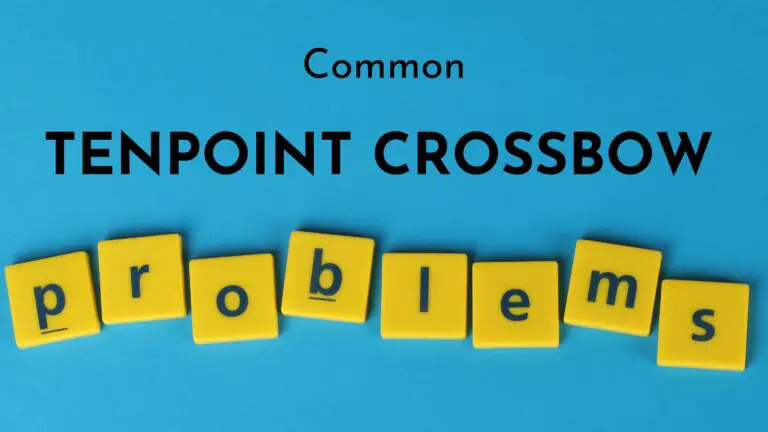Single Cam Vs Dual Cam: [2024 Updated] Which one to use
If you’re in the market for a new bow, you might be wondering which type of compound bow is best for you, single cam vs dual cam. You’ve probably heard of single and dual cam bows, and you may be wondering which one is better. Here’s a quick overview of each type of bow and which one might be better for you.
Single Cam Vs Dual Cam
Single cam and dual cam bows are two different types of cam systems used in compound bows. Single cam bows have one cam on the bottom limb, while dual cam bows have two cams, one on each limb. Dual cam bows generally offer better speed and accuracy, while single cam bows are easier to maintain. Choose the cam system that fits your shooting preferences and needs.
Recommended: Buying Archery Equipment: Full set
A little technical understanding may assist you to make an informed decision regarding why each compound bow cam system works the way it does.
Also, some of the sophisticated dual cam systems were patented after 2000, so compound bows have only been around for roughly 50 years. Because manufacturers inevitably improve upon these systems and even invent new ones, a good understanding of the technology will help you keep up with the market.
How does the cam system work?
This may be a physics student’s honors thesis, but the specifics of a compound bow’s cam system could be found here.
Compound bow cam types
Compound bows typically have two main cam types: single cams and dual cams. Single cams are simpler and easier to maintain, while dual cams offer more accuracy and speed.
You really just need to be familiar with how cam systems work. The large wheel of the cam is rotated by pulling the bowstring back. The cam’s smaller wheel is rotated by the large wheel. However, since it rotates for a shorter distance, it transfers more torque into the cables linking the limbs.
The limbs are pulled together by the cables, which hold the energy you put on the bowstring. All of this energy is transferred into the parts of the arrow when you release the bowstring.
Single Cam
You’re onto it because single cam compound bows are known as such because they have just one cam. A single cam bow, like most other types, has only one cam on the bottom limb. It’s also nearly invariably elliptical in form.
A circular wheel is present on the opposite limb, however, it isn’t a cam. Instead, it’s a simple timing wheel.
While the single-cam technique seems less complex, it is in fact a modern kind of compound bow that was developed in the late 1970s. Because of the numerous advantages, which I’ll discuss later, it’s also the more popular of the two.
Recommended: 5 Best Single Cam Bow
Dual Cam
A dual cam compound bow comes with two cams. One is located on the top and below. The first compound bow, technically a dual cam bow, was designed by Holles Wilbur Allen in 1966. Since then, things have progressed significantly. As time goes on, it becomes more complicated.
The three types of dual cam bows available are twin, hybrid, and binary. To put it another way, the most difficult aspect of dual cam bows is determining how to transfer force and keep timing between the two cams, which is why there are so many different types of dual cam bows.
Because they are the newest kind of dual cam bow and have the most features, professional archers prefer binary bows. They alleviate at least part of the dual cam system’s drawbacks.
Single Cam vs Dual Cam
Let’s see how each bow type performs in different elements of archery. Try to figure out what you’re actually trying for as you dive into this portion. What applications will you use your bow for, and which features will be necessary?
Speed
Binary cams are the quickest of the single-cam compound bows, and they win gold. It’s really easy to explain why. Cams that use the rules of physics to transmit more force over a shorter distance is called transfer cams. In other words, the arrow flies faster when everything else is equal.
Accuracy
The cams on dual cam bows must be perfectly synchronized so that they draw the limbs equally strongly and release them at the same time. Even a minor variance in the arrow’s flight path can throw it off.
Single cams are often more precise as a consequence. Binary dual cam bows, on the other hand, are typically the most precise dual cam types, although they are still not as precise as a single cam.
Maintenance:
Unlike traditional computers, cam systems are more difficult to repair. Cam damage can occur from dry firing a bow. The cam that you have to keep running smoothly on a single cam bow is one less than on a double cam bow.
Single-cam bow bows, on the other hand, do not need you to keep them timed. To keep the two cams moving in sync, dual cam bows need a lot of maintenance.
Noise
More vibration and force are applied to both limbs of dual cam bows. As a result, they are more apparent than single cam variants.
Why should anyone be concerned about the noise? Of course, hunters, So, I advised you to consider what you’ll do with the bow now. Later, I’ll go into more detail about it.
Back Wall
The let-off, which is a peculiar attribute of compound bows, is created by the cams’ manipulation of physical principles. In general, drawing a compound bow’s bowstring is easier than drawing its actual draw weight. The draw weight might only need five pounds of effort to draw back the bowstring, despite the fact that it is rated at 70 pounds.
Towards the end of the draw, this let-off is felt. Like a conventional bow, it becomes increasingly difficult to picture the bowstring during the draw, until you reach a peak. Eventually, the let-off becomes easier as you continue to draw more.
The draw weight will increase dramatically, making it nearly impossible to pull back the bowstring any farther. You’ll suddenly hit the “back wall.” Maintaining a consistent draw every time helps archers a lot. A dual cam bow, on the other hand, has a “harder” back wall than a single cam bow.
Price
It’s a little tougher to say with certainty which one. On average, dual cam bows are more costly since they are more difficult to manufacture. Advanced single-cam automobiles cost significantly more than basic twin-cam automobiles.
Yet, since they are the most costly of all binary cam bows, I’m giving this one to single cams.
| Specs | Single Cam | Dual Cam |
| Speed | 🏆 | |
| Accuracy | 🏆 | |
| Maintenance | 🏆 | |
| Noise | 🏆 | |
| Back Wall | 🏆 | |
| Price | 🏆 |
Which one is best and for whom?
Bows of either type are not always “better” than the other, single-cam or dual-cam. Rather, they are ideal for diverse circumstances due to their various benefits and drawbacks.
To see who might want to look closer at one versus the other, let’s take a look at several different demographics in the archery world.
Target Archers
You don’t care about noise if you’re not hunting and are instead shooting at a range archery target. You’re also more likely to keep your bow in good shape and master its idiosyncrasies both inside and out, even if you care about accuracy.
As a result, dual cam systems are commonly chosen by target archers, both amateur and professional.
Bowhunters
The popularity of single-cam bows is thanks in part to the popularity of compound bows among bowhunters. Single cam systems offer better precision and lower noise, which bowhunters desire.
In addition, since they don’t use the bow for months at a time between hunting seasons, they don’t feel like it will be too difficult to fix when they finally take it out.
Beginners
A beginner may appreciate a dual cam bow like a twin-cam, especially if he or she isn’t that quick. The harder back wall is to blame for this. So, the beginner will be able to concentrate on improving their aim since their draw will be more consistent. Visit our site for more helpful information. I hope you like this single cam vs dual cam guide
